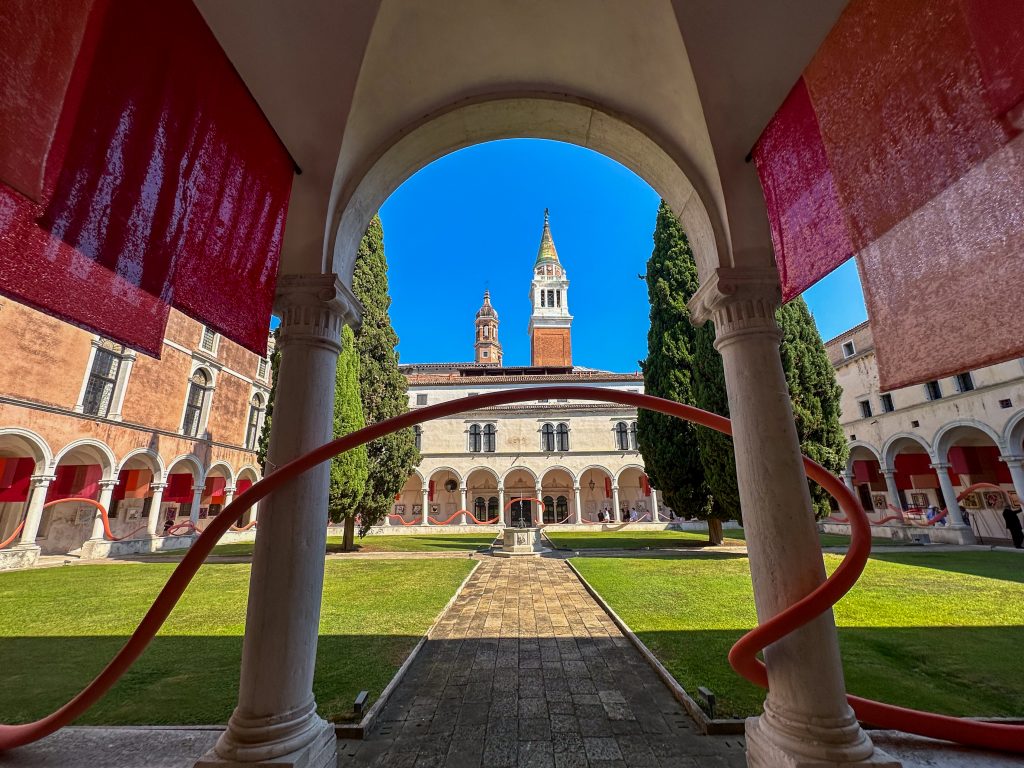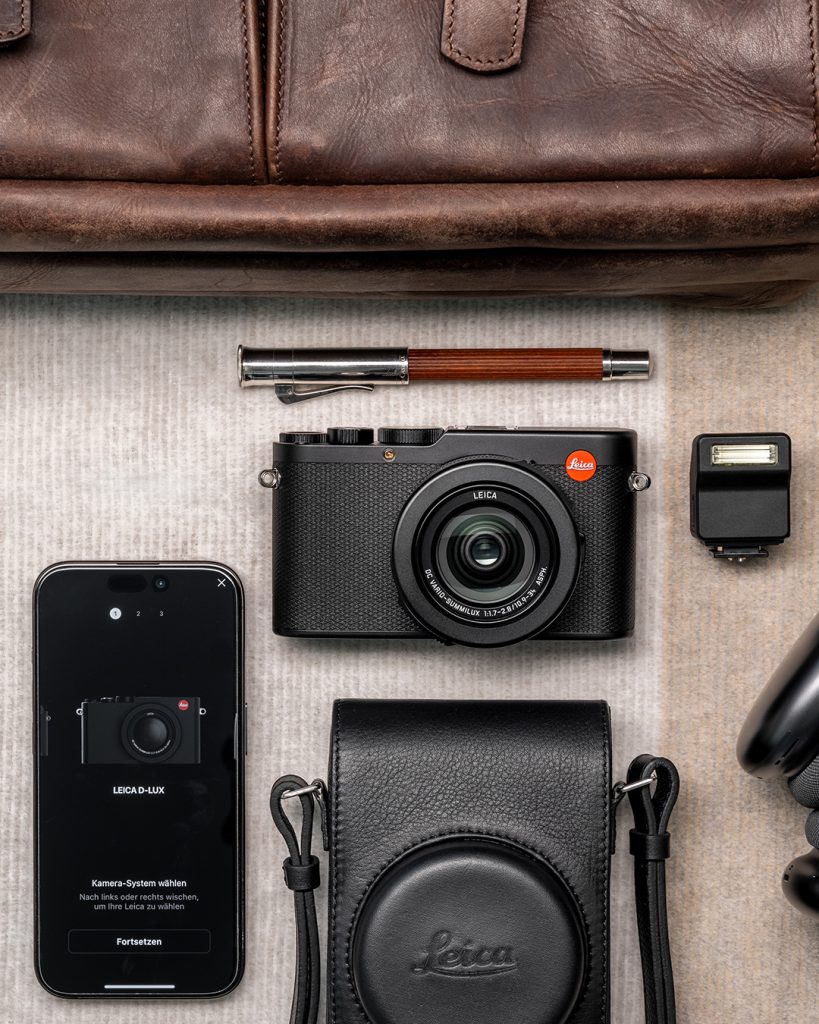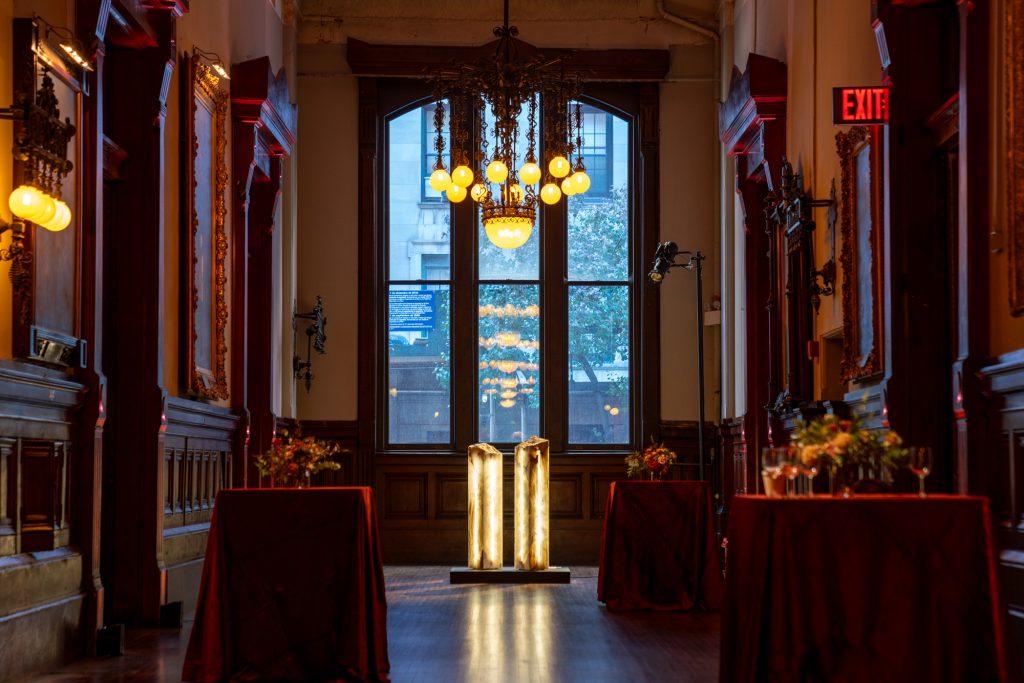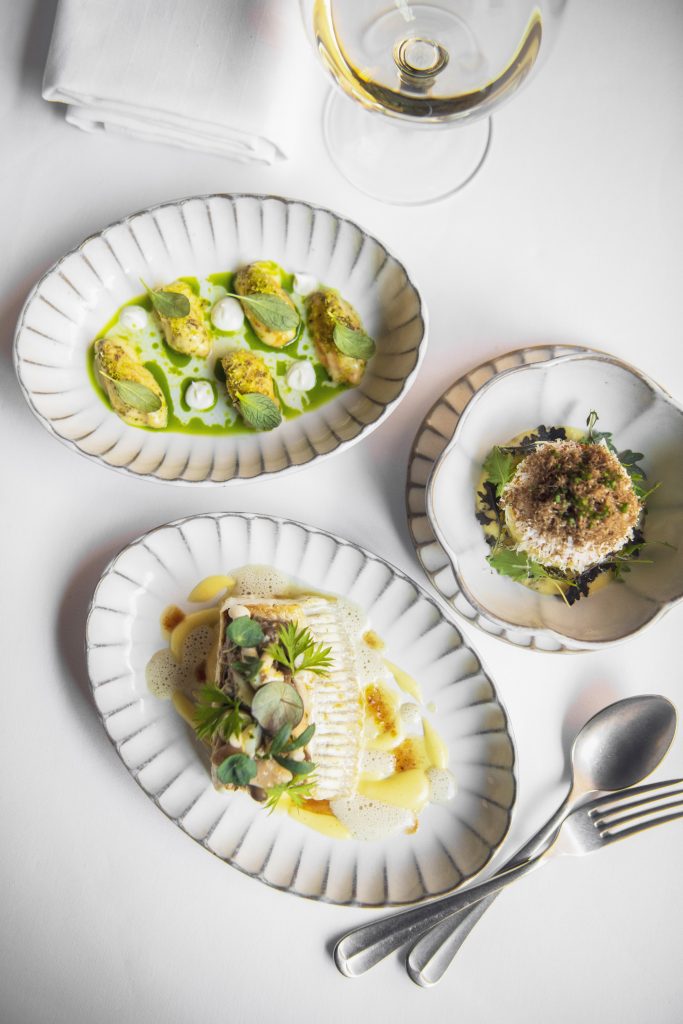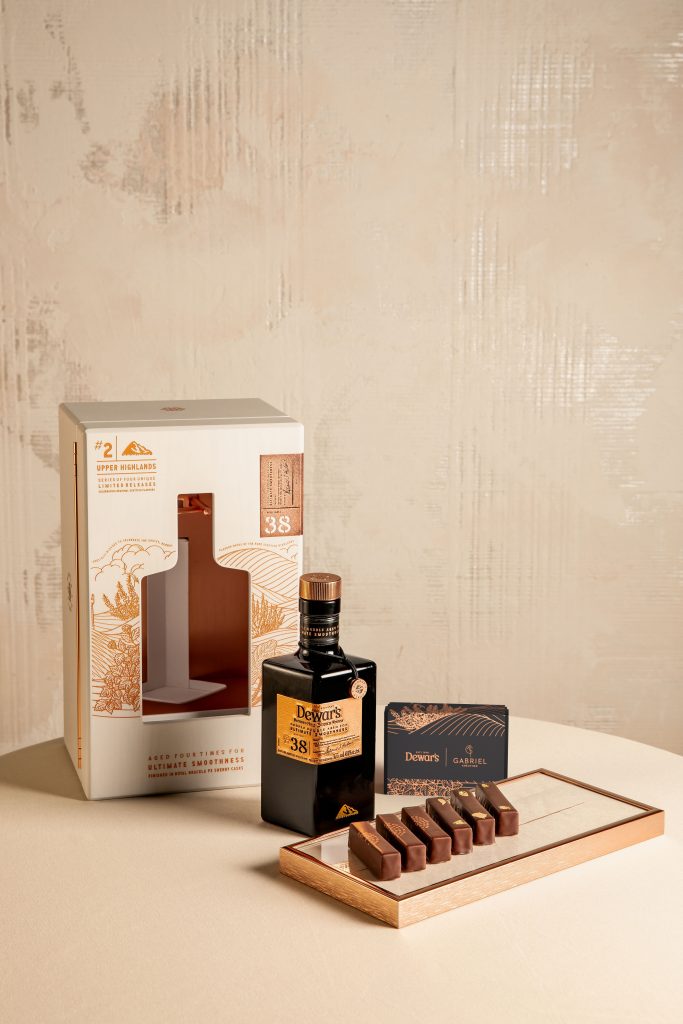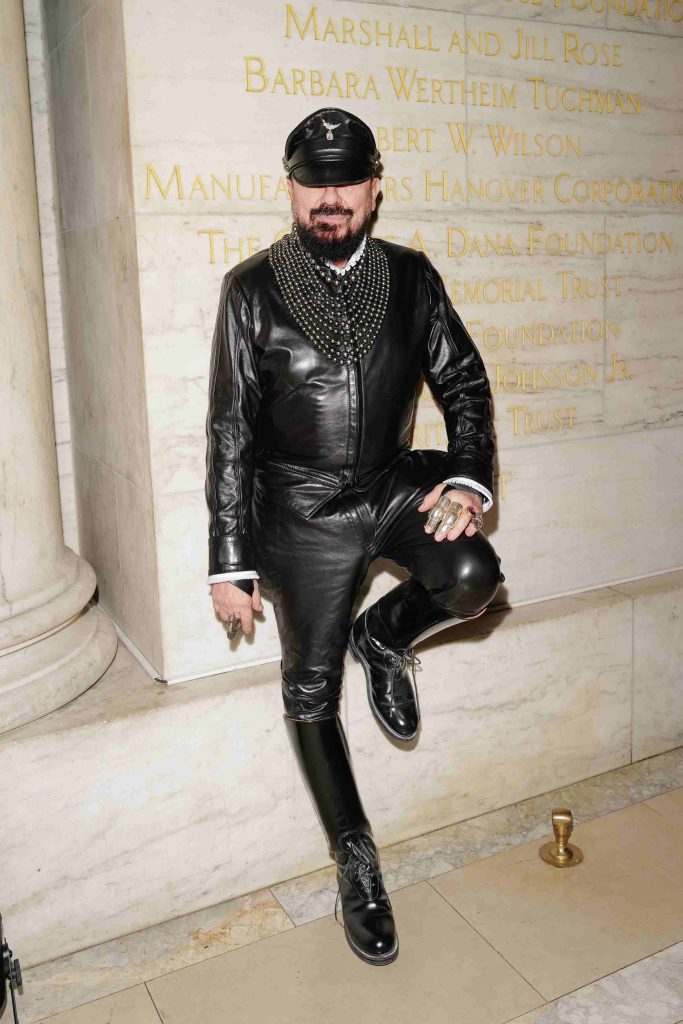Discover Design + Craft Treasures Within The Ever-Growing Homo Faber Guide
While the event is postponed, enthusiasts can explore its comprehensive website and app

In 2018, the inaugural Homo Faber exhibition (organized by the Michelangelo Foundation for Creativity and Craftsmanship) represented a fundamental step in celebrating the culture of high craftsmanship. The Venice event (which overlapped with the Venice Architecture Biennale) drew 62,500 international visitors to admire 900+ stunning objects, live demonstrations, discussions and more—all of which had been selected to represent the best of European craftsmanship. The second edition was set for 2020, with a focus on Japanese design and craft, but was postponed to later this year.
In the meantime, there’s the Homo Faber Guide online platform and app (for iOS and Android), which is designed to make users discover and connect with artisans from all over Europe. The executive director at the Michelangelo Foundation, Alberto Cavalli, says the impetus for the app was simple: to create a digital tool that would allow design enthusiasts access to information that is oftentimes difficult to find. It was partly born from the higher-than-expected number of visitors to Homo Faber in 2018, which confirmed their belief that the appeal of such content was immense. “We want it to be a tool for the general public to discover or rediscover something extraordinary,” he tells us. “Homo Faber 2018 gave strength to the Foundation’s desire to create a real cultural movement linked to craft.”
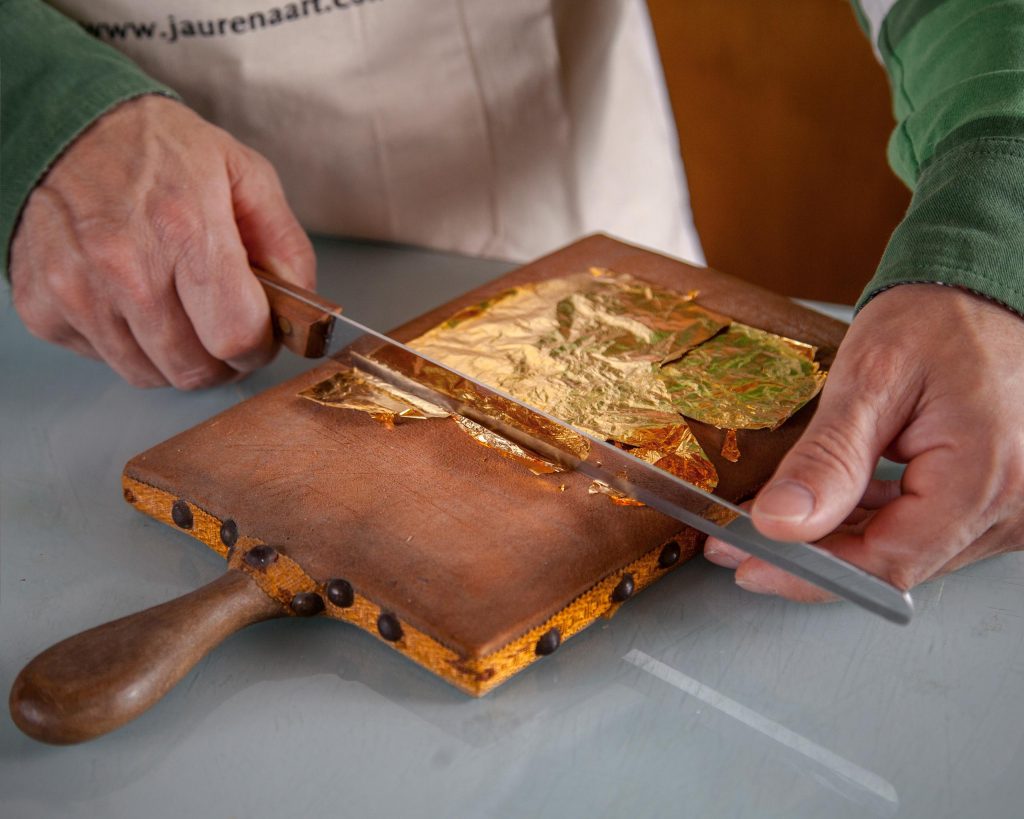
Within the app, there’s a growing list of 650 craftspeople, artisans, designers and brands from 25 countries; venues including museums, galleries and stores; as well as experiences like exhibitions, virtual tours and workshops. The discerning curatorial approach of the event is evident in the guide too—each entry has been carefully chosen by associations dedicated to the conservation and promotion of craftsmanship, and by ambassadors like designers Christian Lacroix and India Mahdavi, artist Joana Vasconcelos, curator Judith Clark and gallerist Carla Sozzani.
In addition to this selection system, craftspeople can apply to be part of the guide. “On the website of the Michelangelo Foundation, we have made available to everyone an evaluation tool with the 11 criteria of artisanal excellence,” Cavalli says. “A craftsman can therefore self-evaluate and send their information. We carefully consider all the requests, which beyond the guide can be included in various projects of the Foundation.”

The guide traverses all realms of the world of craft. Users can find everything from perfume-makers in Florence to bookbinders in Bulgaria, Czech ceramicists and Lisbon-based surfboard-makers. “We are here to show people that inspiration and beauty are just around the corner and you don’t even know it,” Cavalli says. “You will see this perfumer from Rouen who went to scratch the moss on the marble of the cathedral to chemically break down and create olfactory molecules for his perfumes. Maybe you have seen the cathedral of Rouen and you have noticed the souvenir sellers, but the real craftsmanship is elsewhere.” That type of storytelling and craft, Cavalli says, truly “allows you to discover the soul of the places.”

Through the app, Cavalli hopes users might buy works through a gallery or by contacting an artisan directly. He also wants it to excite professionals. “We realize that there are so many architects and designers who came to Homo Faber and left with many ideas and many inspirations,” he says.
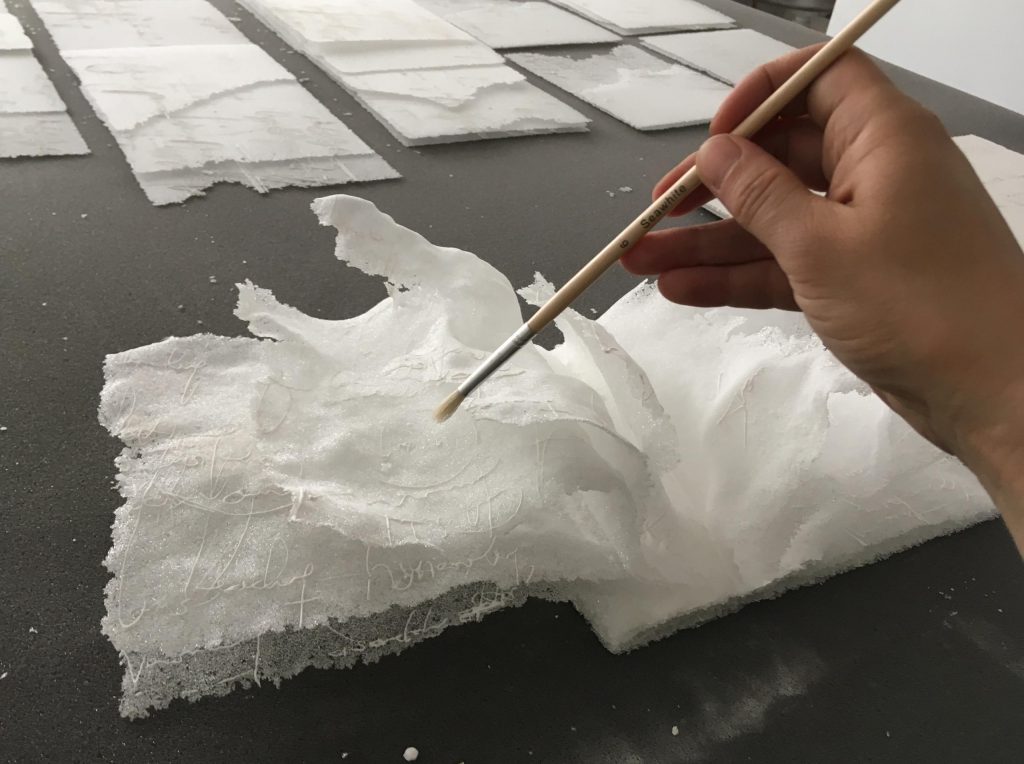
The guide took around 18 months to build, but it’s still a work in progress—the ever-growing list should have all of Europe included by the end of this year. Each artisan is consulted regarding their inclusion—from wording to the images selected. “We provide contact information only if they decide to receive visits and their workshop is open to the public, or we specify if it is appointment only,” Cavalli says. “We are not here to force anyone; on the contrary, we want to help artisans understand that technology can be their ally.”
Images courtesy of the Michelangelo Foundation, hero image by Tomáš Hercog for Artiseme
